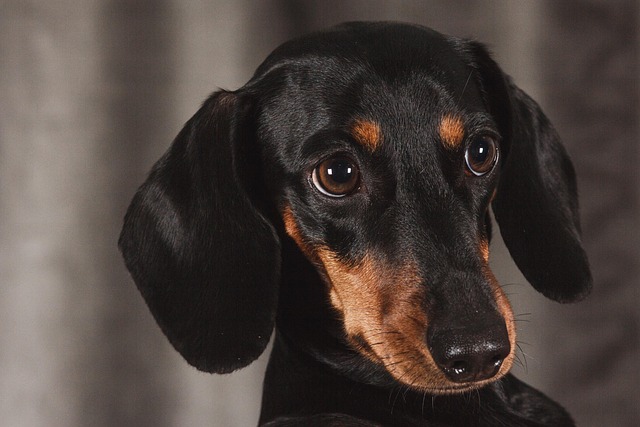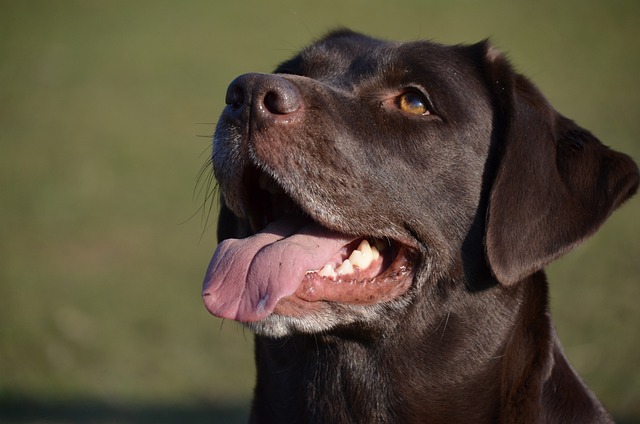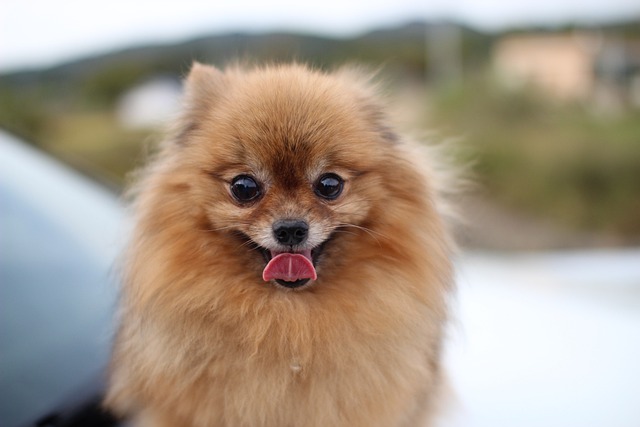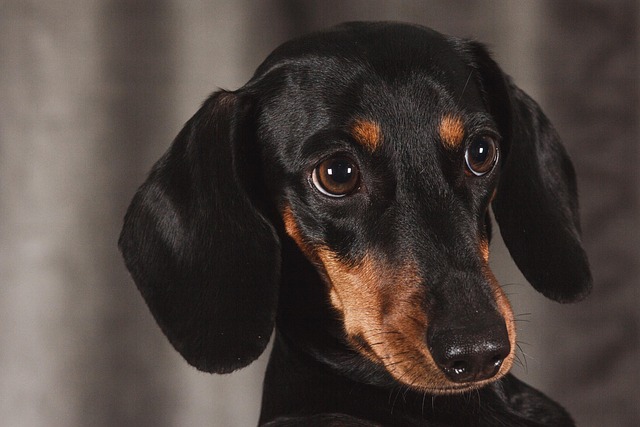
What are 5 common foods to feed dogs if they have an upset stomach
If you’ve ever watched your dog turn away from their food, then spend the next hour pacing and whimpering, you know the panic of an upset stomach.
Many American dog owners believe shaving their furry companions during summer is an act of kindness, a way to beat the heat. It's a common sight as temperatures rise – pups sporting buzz cuts. The intention is pure love, driven by the thought, "If I'm hot, they must be roasting!" But here's the uncomfortable truth veterinarians and experienced groomers know: shaving most dogs isn't relief; it's a potential pathway to harm. That well-meaning trim can strip away vital protection, leaving your dog vulnerable in ways you might not have considered. Let's unpack why reaching for those clippers is often a grooming myth that needs busting, for the sake of your pet's health and comfort.
Dog fur isn't just a fluffy coat; it's a sophisticated biological system designed by nature for survival. Think of it as a multi-functional jacket and thermostat rolled into one. Unlike human hair, a dog's coat actively regulates their body temperature. In winter, the dense undercoat traps warm air close to the skin, creating insulation. Come summer, that same coat works surprisingly well to keep them cool. The fur acts as a barrier, shielding the skin from direct, intense sunlight and preventing overheating by trapping a layer of cooler air next to the skin. Shaving removes this crucial thermal buffer. Suddenly, their skin is exposed, making them *more* susceptible to heatstroke on scorching days, not less. It's counterintuitive, but that fur is their built-in climate control. Furthermore, that coat is their primary defense against harmful UV rays. Without it, dogs, especially those with light skin, face a significantly higher risk of painful sunburns and long-term skin damage. The fur also protects against scrapes, insect bites, and environmental irritants, forming a vital physical barrier for overall skin health.
Shaving disrupts this delicate biological balance, opening the door to several serious health risks. Exposed skin is incredibly vulnerable. Sunburn becomes a real and painful threat, particularly for short-haired breeds or dogs with pink skin, potentially leading to peeling, sores, and increasing the risk of skin cancers over time. Without the protective layer of fur, the skin is also more prone to irritation from grass, pollen, dirt, and insect bites. This irritation can quickly escalate into hot spots – those angry, oozing, intensely itchy skin infections that drive dogs crazy and require veterinary intervention. Constant scratching only makes things worse. Then there's the issue of coat regrowth. Shaving can permanently damage the hair follicles, especially in double-coated breeds like Huskies, Golden Retrievers, or German Shepherds. The result? Fur that grows back patchy, uneven, coarse, or sometimes not at all, leaving the dog permanently vulnerable. Beyond the physical toll, the shaving process itself can be highly stressful. The noise and vibration of clippers, the unfamiliar sensation, and prolonged handling can trigger significant anxiety and fear in many dogs, impacting their overall well-being. Imagine feeling exposed and uncomfortable in your own skin; that's often the reality for a shaved dog.
Several persistent myths fuel the practice of shaving, despite the evidence against it. The biggest misconception? "Shaving helps my dog stay cooler." As we've seen, science shows the opposite is true. Their fur is literally designed to keep them cool in summer heat. Another common belief is that all dogs, regardless of breed, will benefit from a summer shave. This simply isn't accurate. While *some* single-coated breeds (like Poodles or certain terriers) whose hair grows continuously *might* tolerate clipping for manageability (though not necessarily for temperature reasons), shaving double-coated breeds is almost always detrimental. The myth that shaving reduces shedding is also misleading. Shaving cuts the hair shaft, but doesn't affect the shedding process occurring at the follicle level. You'll still have shed hair; it will just be shorter and potentially more prickly. Dr. Sarah Wooten, a well-known veterinary expert, often emphasizes, "A dog's coat is an evolutionary marvel for temperature regulation. Removing it interferes with their natural cooling mechanism and leaves them defenseless against environmental hazards." Trusting these myths can inadvertently compromise your dog's health.
So, how *do* you help your dog stay comfortable and healthy in warm weather without resorting to the clippers? The answer lies in proper, breed-appropriate grooming. Regular, thorough brushing is absolutely paramount. For double-coated breeds, this means using tools like undercoat rakes and deshedding tools to systematically remove the loose, dead undercoat ("blowing the coat"). This process allows air to circulate freely near the skin, significantly enhancing their natural cooling ability and drastically reducing shedding around your home. Professional groomers are invaluable allies here; they understand coat types and can expertly remove excess undercoat without damaging the protective guard hairs. For breeds that genuinely benefit from shorter hair for manageability or hygiene (think mats around the ears or rear), a professional trim – carefully shortening the hair *without* shaving down to the skin – is the safe alternative. Focus on areas prone to matting. Ensuring constant access to fresh, cool water and ample shade is non-negotiable. On extremely hot or humid days, keep exercise gentle and confined to the coolest parts of the day. A damp towel for them to lie on or a kiddie pool for a quick dip can offer safe, immediate relief. Good grooming is about working *with* their natural biology, not against it.
Understanding the "why" behind not shaving empowers you to make the best grooming choices for your unique dog. It’s not about denying them comfort; it’s about recognizing that their fur is fundamental to their health, acting as insulation, sunscreen, and armor. Shaving disrupts this intricate system, potentially leading to sunburn, skin infections, coat damage, and unnecessary stress. By debunking common myths and embracing scientifically-backed alternatives like diligent brushing, strategic trimming, and professional grooming, you actively safeguard their well-being. That thick coat you see? It’s nature’s perfect design for their protection. Prioritizing their biological needs over fleeting misconceptions is the ultimate act of responsible pet ownership, ensuring your furry friend stays cool, comfortable, and healthy through every season. Their comfort and safety are always worth the extra brush strokes.

If you’ve ever watched your dog turn away from their food, then spend the next hour pacing and whimpering, you know the panic of an upset stomach.

If you’ve ever cleaned up diarrhea or watched your dog vomit after meals, only to feel helpless as they refuse their next bowl of food, you know the stress of a sensitive stomach.

If you’ve ever stared at the ingredient list on your dog’s kibble, wondering what “meat by-products” really are, you’re not alone. New dog owners

If you’ve ever noticed your dog suddenly shaking their head like a wet towel, or pawing at their ear until it’s red and sore, you might’ve wondered if they’re just being “naughty.”

Finding worms in your dog’s stool or noticing them scooting uncomfortably across the floor is enough to make any pet owner’s heart sink.

If you’ve ever dreamed of having a dog but hesitated because your eyes water and nose runs around furry pets, you’re not alone.